Within a week or two, 58 motoring journalists in 22 countries around Europe will decide which of seven finalist cars, from an eligible crop of 30-odd, most deserves to be Europe’s Car of the Year (COTY) for 2014.
This year’s runners, already nominated from a preliminary vote, are the BMW i3, Citroën C4 Picasso, Mazda 3, Mercedes S-class, Peugeot 308, Skoda Octavia and Tesla Model S.
Six of the jurors in this 50-year-old competition are British-based (I’m one) and every year with the help of cooperative motor manufacturers we get the final seven together at Silverstone to drive them on tough surrounding roads, and punt them on the circuit to investigate quirks at the limit of grip.
Trouble is, this isn’t ordinary car testing. For the rest of the year you play the role of a potential car buyer, judging a new product against existing rivals. Even that is complex: you must juggle the priorities in a car’s make-up before reaching a judgement. To what degree is a big boot more important than great steering?
For COTY, it’s more complex still. This year’s field has extremities that extend from the BMW i3 electric car to the more traditional Mercedes S-class, via a Citroën MPV and a Peugeot 308 C-segment hatch. The only sensible course is to make a 'fitness for purpose' judgement: which of these cars best fulfils its creators intentions?
But there’s even more to it than this…
There have been times when the collective wisdom of 58 jurors has amounted to very little wisdom at all, such as when the unlovely Talbot Horizon claimed the industry’s most important European gong.
To avoid such cock-ups we’ve tried in recent years to include another basis of judgement: when we look back after a decade or two, will the car we’ve chosen fairly represent the state of automotive progress in its time?
Yet this year is still tough. The Tesla and BMW are both revolutionary, yet plainly not as capable or luxurious as the Mercedes S-class. On the other hand, the S-class sits at exactly the place in the automotive pecking order it has occupied for 30 years — does such positioning make a car of the year? (Yes, many will say, if it’s good enough).
Peugeot’s 308 shows just how much the company’s engineers and designers have achieved on their mission to challenge Volkswagen, and the Mazda 3 is truly surprising for its chassis and mechanical package, but both are quite conventional. Can they win? And what about the C4 Picasso that pushes MPVs towards affordable luxury?
Conclusion? I haven’t reached one. Neither have my colleagues, far as I know. The cogitating is likely to go on for quite a while yet. The decision (which can be followed on internet TV on Monday 3 March) looks like being as much a surprise to us jurors as to anyone else.

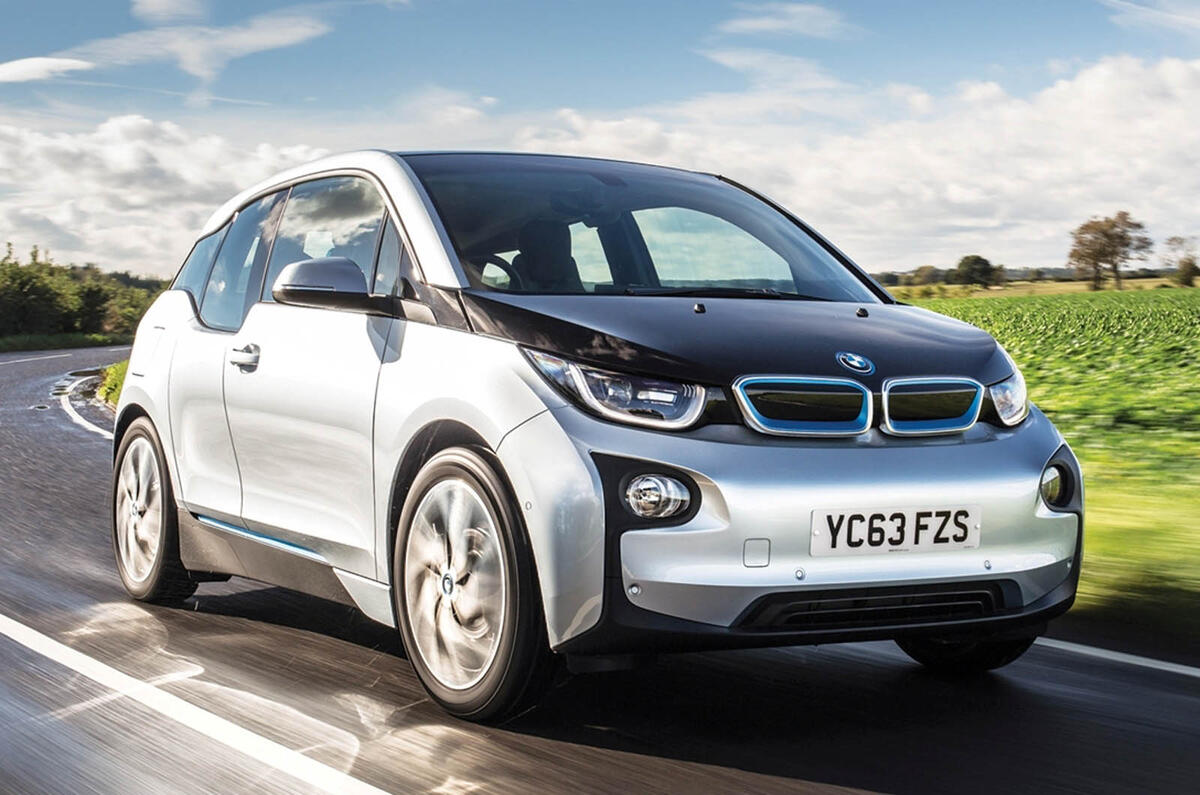
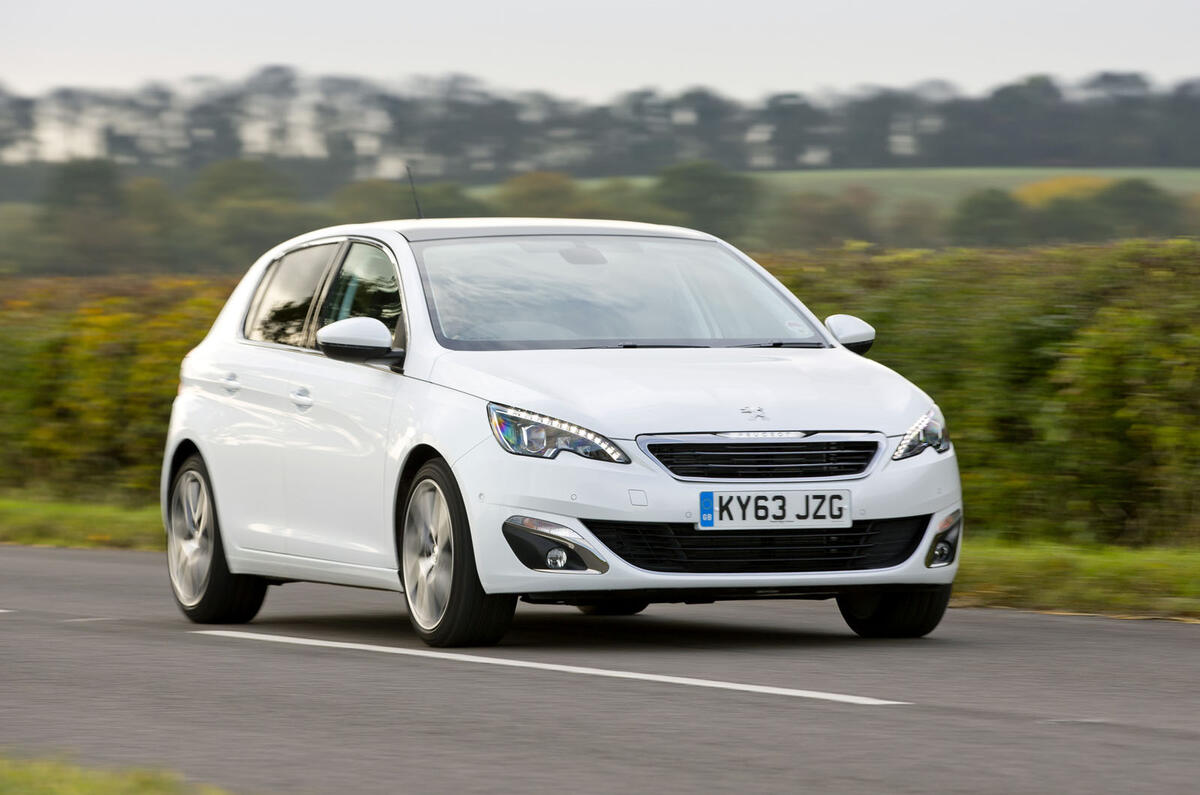
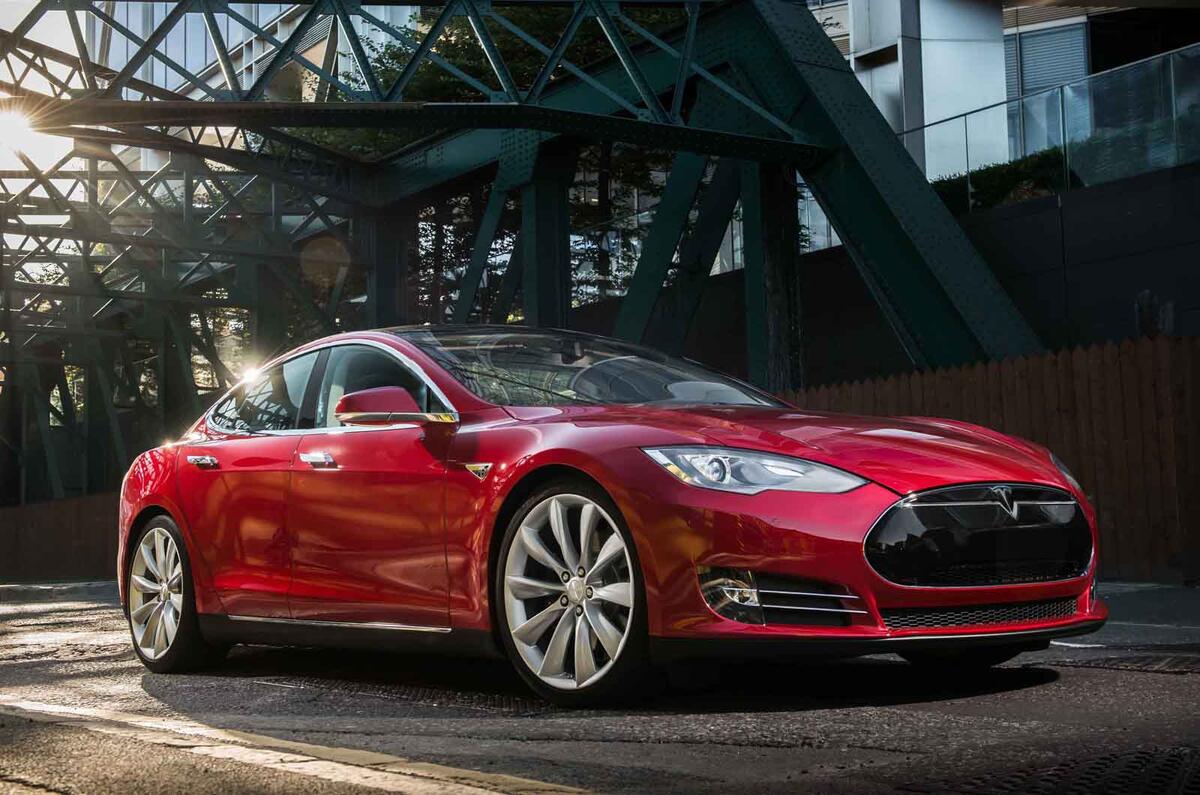
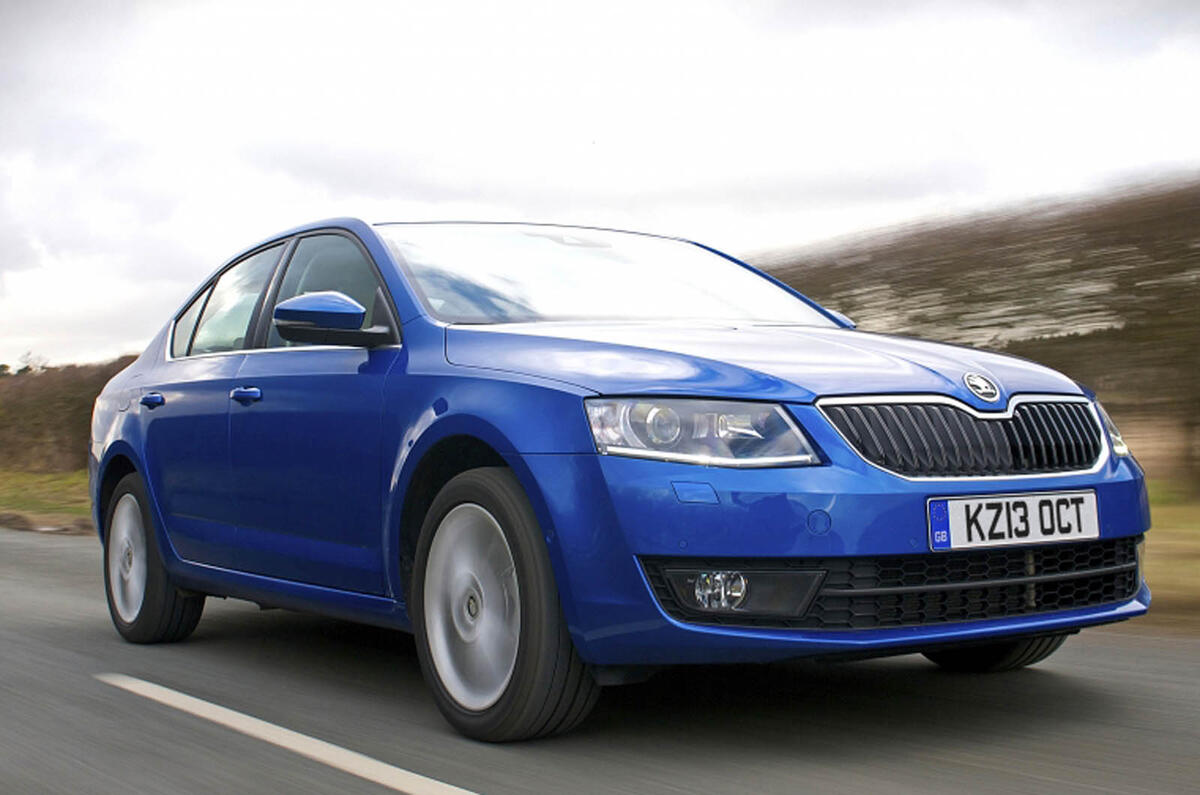
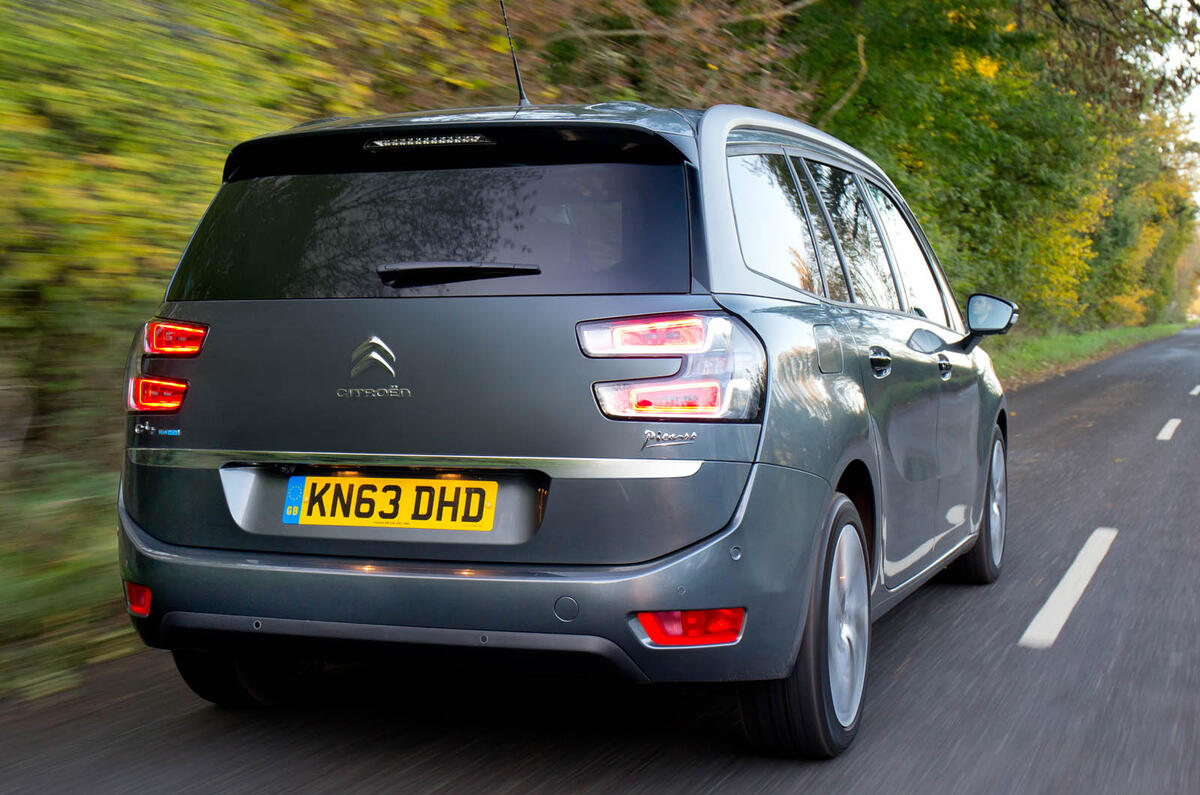
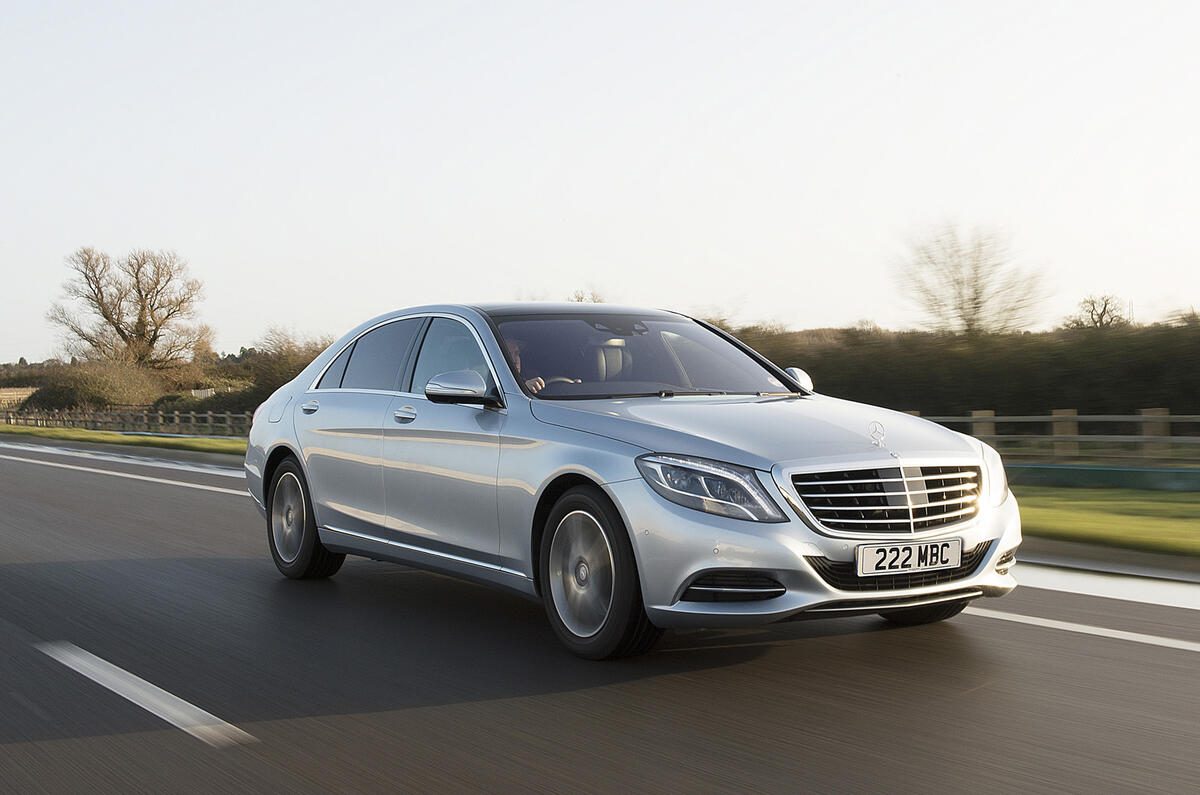
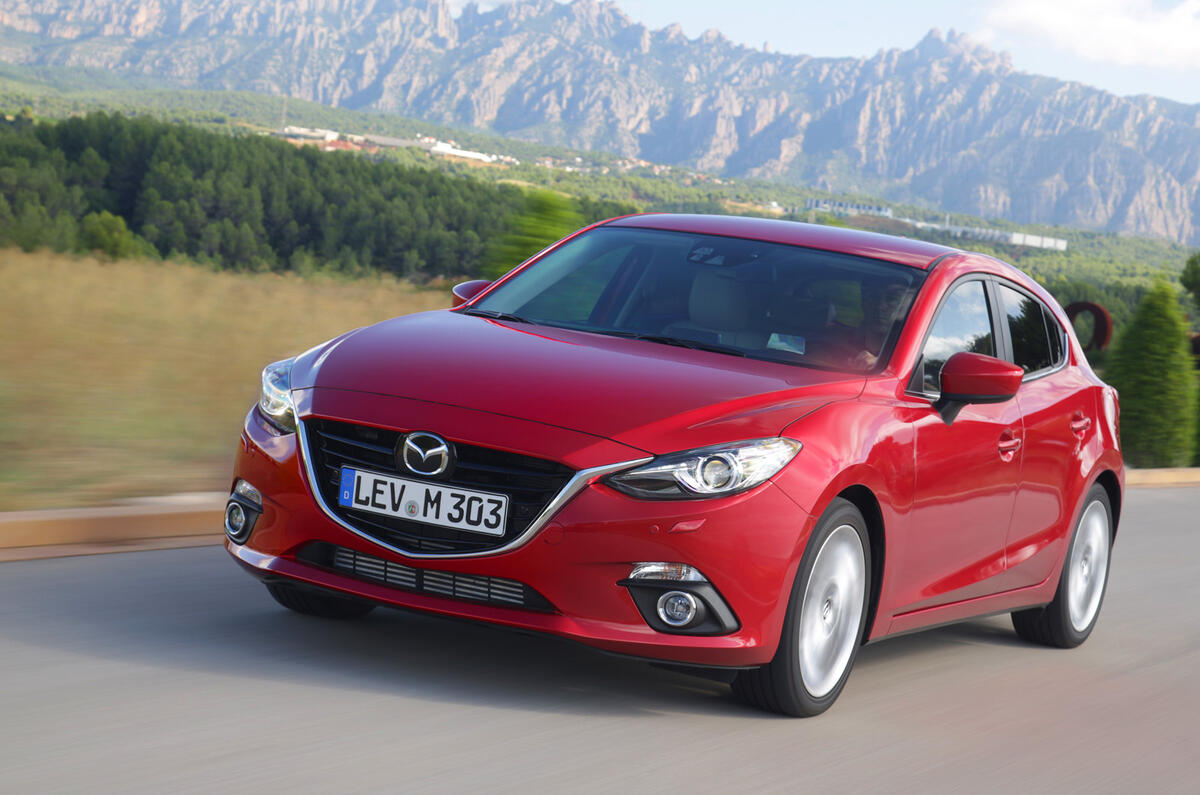









Join the debate
Add your comment
Boring
The jury will probably get it wrong again but...
It's hardly Sophies choice is
Nice work if you can get it I suppose.
Oh and if you HAVE to pick a winner...It's pretty much the I3 surely?